Learning Spanish can be fun! There are seven common mistakes that people often make…but…there is hope! If you follow these easy tips, you will find it easier!
1- When to use SER or ESTAR:
Why is it so difficult to use two verbs that both mean “to be”correctly?
SER or ESTAR? That is the question…
SER refers to:
- Permanent or lasting attributes:
- Names: El es
- Physical descriptions: Elena es alta, delgada y morena.
- Nationalities: Pedro es
- Religions: María es católica.
- Occupations: Rosa es
- Describing someone or something: Mi coche es nuevo…Mi casa es
- Origen: Where a person comes from or the material something is made of: Steve es de USA… Las sillas son de madera….Mi anillo es de oro.
- Time when it refers to to days, dates, years and time on the clock: Hoy es martes…Mañana será miércoles…Son las 12:30.
- Relationships: Rubén es mi novio….Michael y Katie son mis hijos….
ESTAR refers to:
- Temporary states or locations: Mi abuela está sentada en el sillón…Estaba dormida cuando llamaste.
- Physical location : El baño está al fondo a la derecha.
- Describing ongoing actions: Estoy limpiando las ventanas….Susana está cocinando comida china.
- Physical and mental conditions: Lucía está enferma….Mi hermano está un poco loco.
- Emotions: Hoy estoy alegre….Marta está triste
2- Subject pronouns.
In Spanish the verb forms often make subject pronouns unnecessary. They are often understood by the context and therefore they shouldn’t be used.
Examples:
- Voy al cine (it implies the first person YO).
- ¿A dónde vas? (It implies the second person singular TÚ).
But DON’T forget…sometimes we do use them in order to:
- Avoid ambiguity: Él es Mario no Juan… Ellos vienen conmigo.
- Emphasize the subject/contrasting two subjects: Tú lava e coche y yo hago la comida…Nosotros llevamos el vino y vosotros el postre.
3- Gender confusion (nouns).
English nouns do not have a gender, so it can be difficult to figure out whether an object is “el”( masculine)or “la”( feminine). In general, we say that all the words ending in “a” are feminine while the rest are masculine. BUT, if you follow this rule you are very likely to be often wrong. A good tip is to know that all words ending in “ma” (except for mamá), are masculine: Examples: el problema, el tema, el diagrama, el diploma, el enigma, el idioma, el crucigrama.
4- Adjective noun order.
Adjectives must agree with the subject they are modifying. Example: Los zapatos son rojos…La camisa es blanca.
The order is very important too. In English you say “a black car”. In Spanish the order is different: “un coche negro”. The adjective goes after the noun and NOT before.
5- Being polite.
It is always hard to decide whether to use: the TÚ form of the verb (informal) or the USTED form (formal).
The general rule is to use USTED only with older people or people who have power over you (your boss). However, it is common to use the same form in either case, so being too informal for the elderly or being TOO formal for younger people. USTED is used much more in Latin-American countries than in Spain.
6- False friends.
There are many words that look very similar in Spanish and in English but they mean something completely different.
Examples:
Asistir – means to attend or to be present.
Realizar – to carry out some kind of activity
Atender – to serve
Éxito – success
Estar emabarzada – to be pregnant
Ropa – clothes and not rope
As you can see there are a lot of these words…but don’t worry; just remember a few everyday, and in no time you will become aware of the difference.
7- Being afraid to make mistakes.
Making mistakes is part of the learning process. Don’t be afraid to use what you know. Be adventurous! We can become better by practising often and regularly.
Remember the old saying: “Practice makes perfect”.



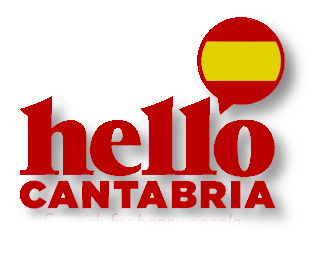
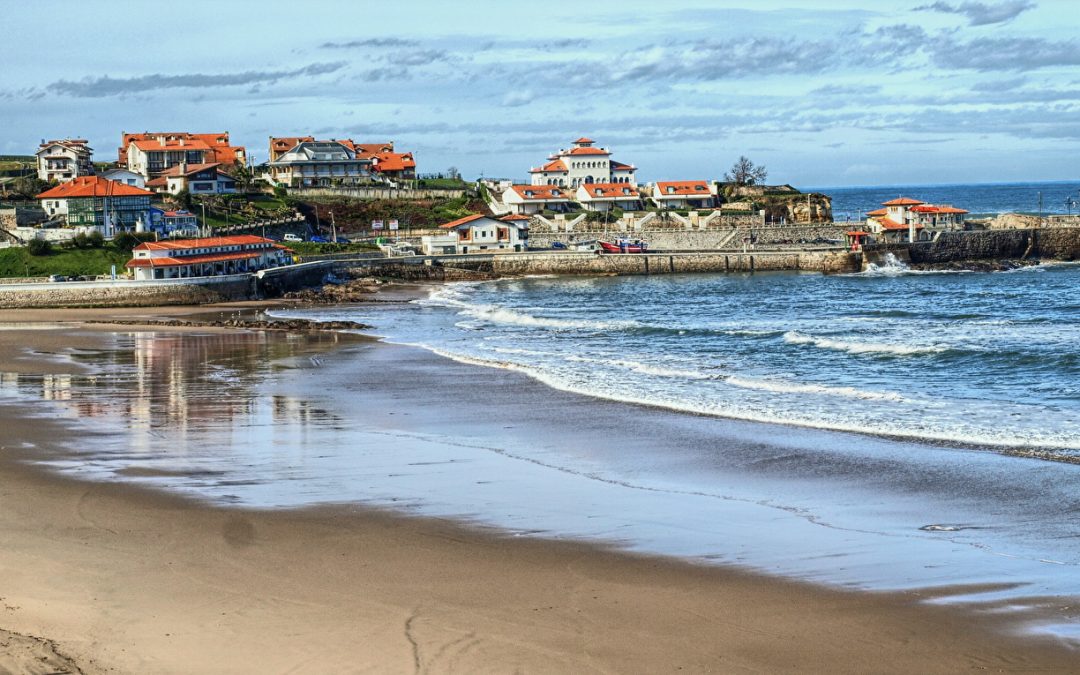
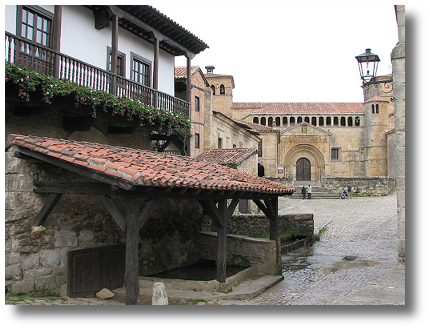
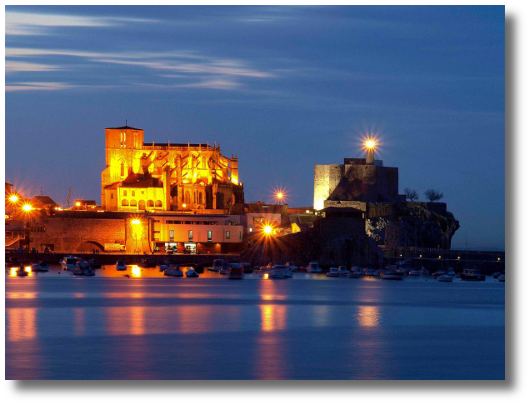
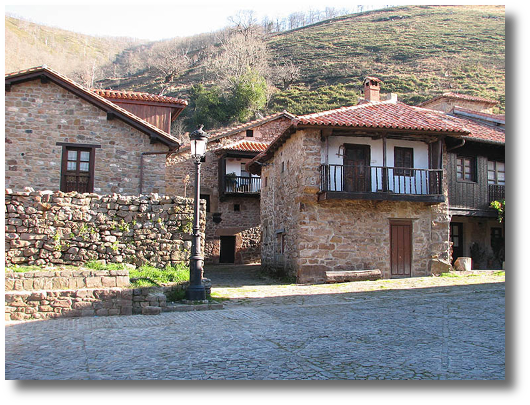
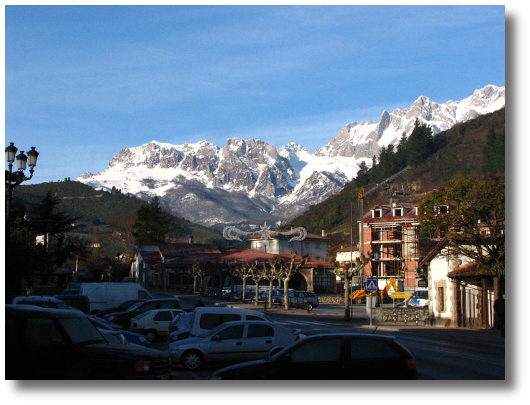
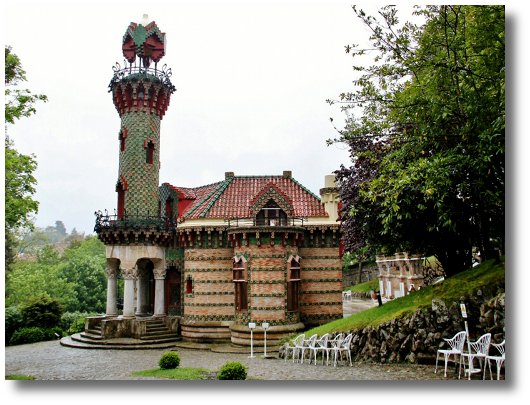
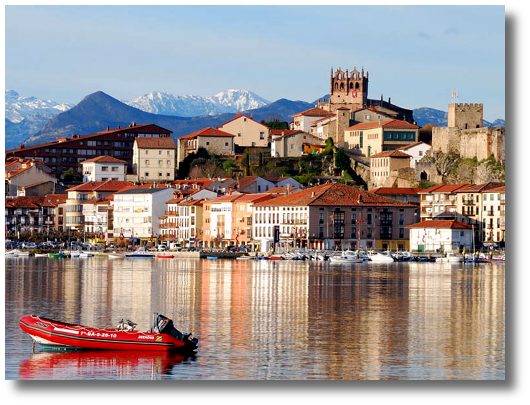
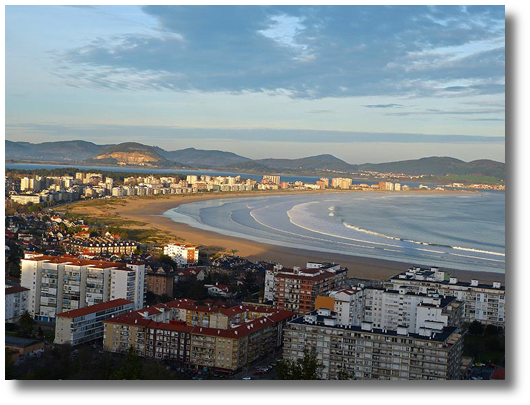
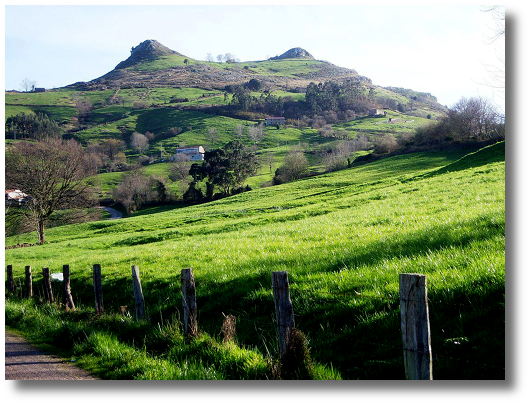
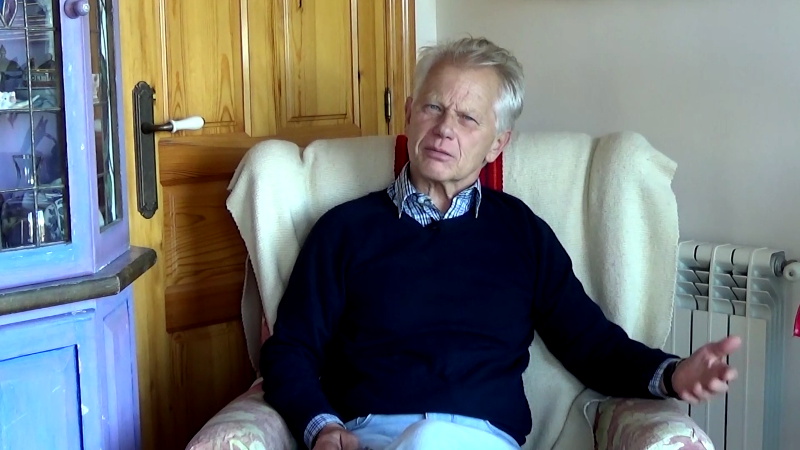

Recent Comments